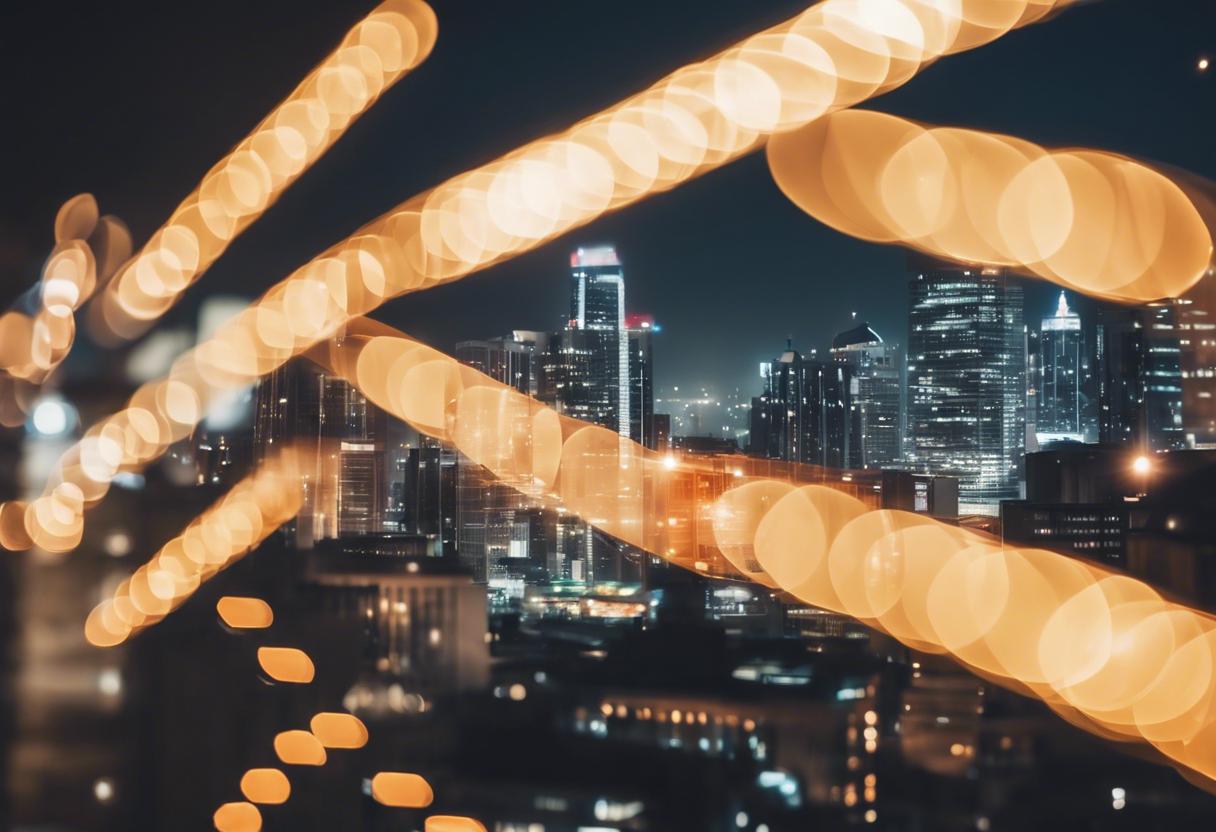Tesla, the electric vehicle manufacturer, recently showcased its much-anticipated robotaxi at a Hollywood studio. However, it is predicted to be available to the public no earlier than 2026.
CEO Elon Musk made his appearance at the Warner Bros studio lot in one of the company’s AI-equipped cybercabs. He announced to the attendees that these futuristic vehicles would lack standard driving features such as steering wheels and pedals. He expressed belief in the advanced self-driving technology that Tesla has developed, suggesting a future where cars operate with no need for human input.
Tesla started offering the Full Self-Driving software nine years prior, yet its dependability remains questionable. Musk discussed plans to transition from supervised to unsupervised self-driving vehicles, stating that one could quite literally sleep through a journey and awake at the destination, revealing the beginnings of what he believes to be a remarkable future.
Tesla anticipates the price point for their cybercabs to be less than $30,000 (£21795), according to Musk. He suggested that the vehicles’ launch might be possible by 2026, or “pre-2027” at the latest. The Full Self-Driving system is planned to be made accessible for its Model 3 and Model Y cars in Texas and California in the coming year.
During the We, Robot presentation that was livestreamed on Tesla’s website, Musk also unveiled a mini-bus-like vehicle, capable of carrying up to 20 passengers, autonomous in function like the cybercab.
The introduction of the cybercab took place amidst Musk’s attempts to convince stakeholders that artificial intelligence and robotics are central to Tesla’s business direction, as the current range of electric cars struggles to maintain popularity. With no line-up refresh expected before late next year, Tesla finds itself at a crossroads, as stated by TD Cowen analyst Jeff Osborne.
Osborne observed a debilitating shift in Tesla’s brand appeal among Democrat purchasers in the U.S., attributing this to the “politicisation of Elon”. Musk’s endorsement of Republican presidential hopeful, Donald Trump, and his active support of numerous conservative causes, including his recent appearance at a Trump rally in Pennsylvania, might be impacting the company’s resonance with its traditionally Democrat consumer base.
Supporters of Tesla and its CEO have been promised the impending arrival of a robotaxi fleet for over five years now. This would uniquely position Tesla, enabling its customers to profit by renting out their self-driving cars while not in their own use.
He admitted that previous forecasts regarding the adoption of autonomous driving were overly ambitious. He confirmed in 2019 that a fleet of self-driving cars would be operational by 2020.
The revelation is timely as US safety authorities probe Full Self Driving and Autopilot due to concerns about their systems not effectively ensuring human drivers remain attentive.
The US National Highway Traffic Safety Administration (NHTSA) imposed a recall on Tesla’s Full Self-Driving in February, citing the software’s propensity for speeding and breaking other traffic regulations, especially around crossroads. Tesla was instructed to rectify these issues via a software update online.
In an incident that took place last April near Seattle, in Snohomish County, Washington, a motorcyclist was struck and killed by a Tesla operating Full Self-Driving, according to local law enforcement.
According to statements made to authorities, the Tesla operator was distracted by his phone at the time of the collision, which resulted in fatal injuries to the motorcyclist. The deceased was declared dead at the collision site.
The NHTSA is presently analysing details of the fatal accident from both Tesla and law enforcement officers.
The Justice Department is seeking information from Tesla pertaining to Full Self-Driving and Autopilot, among other matters. – AP

